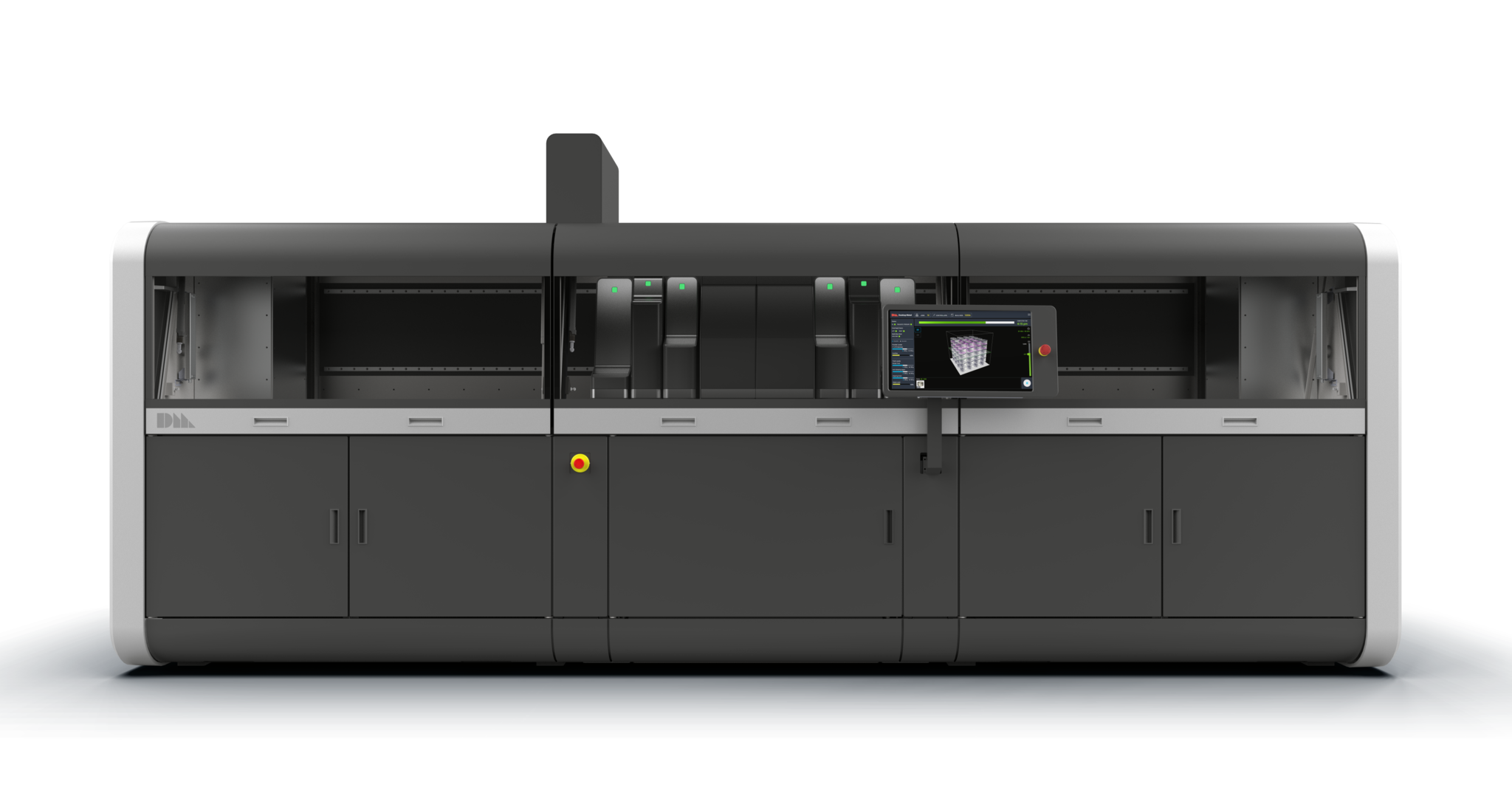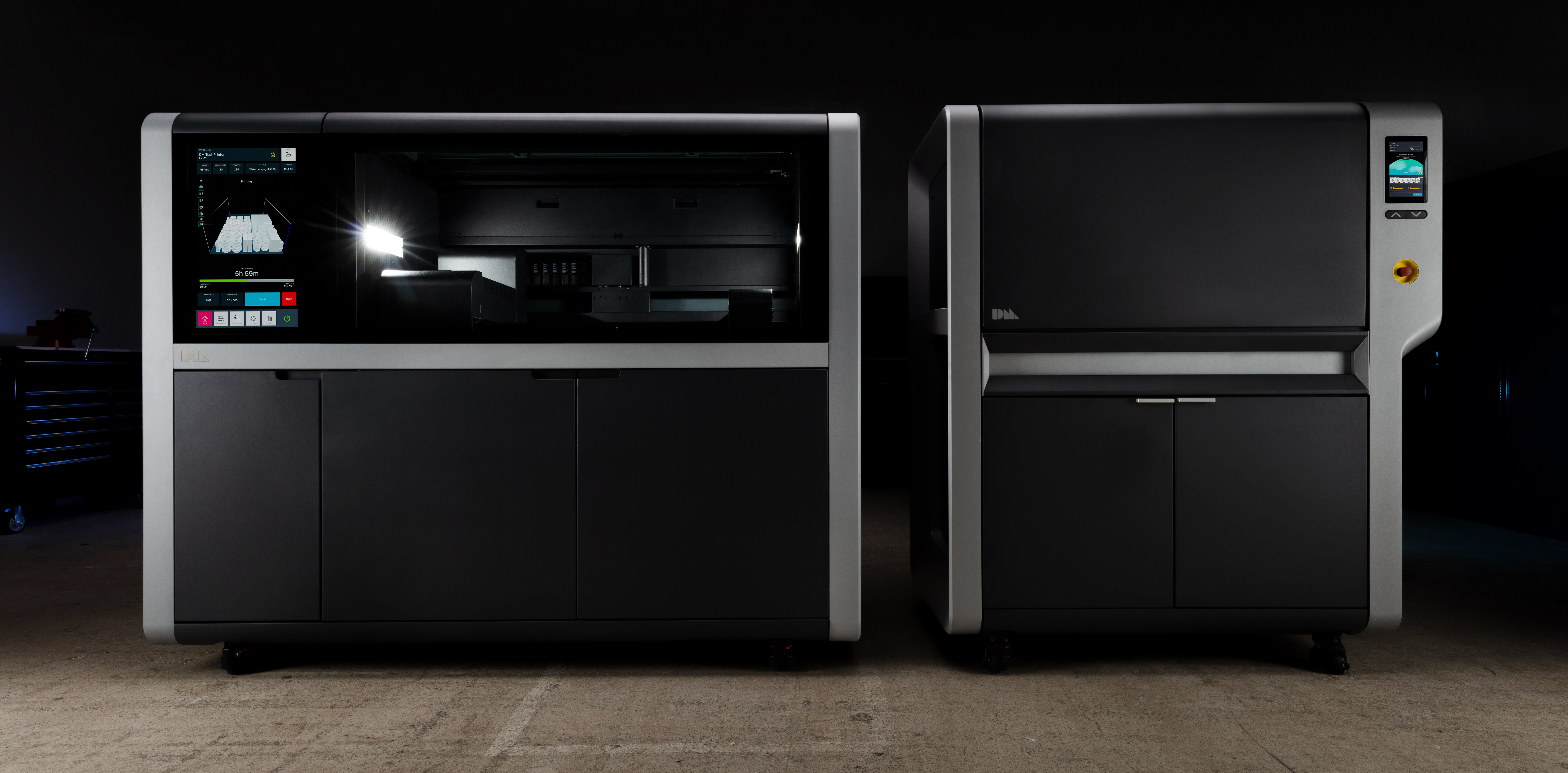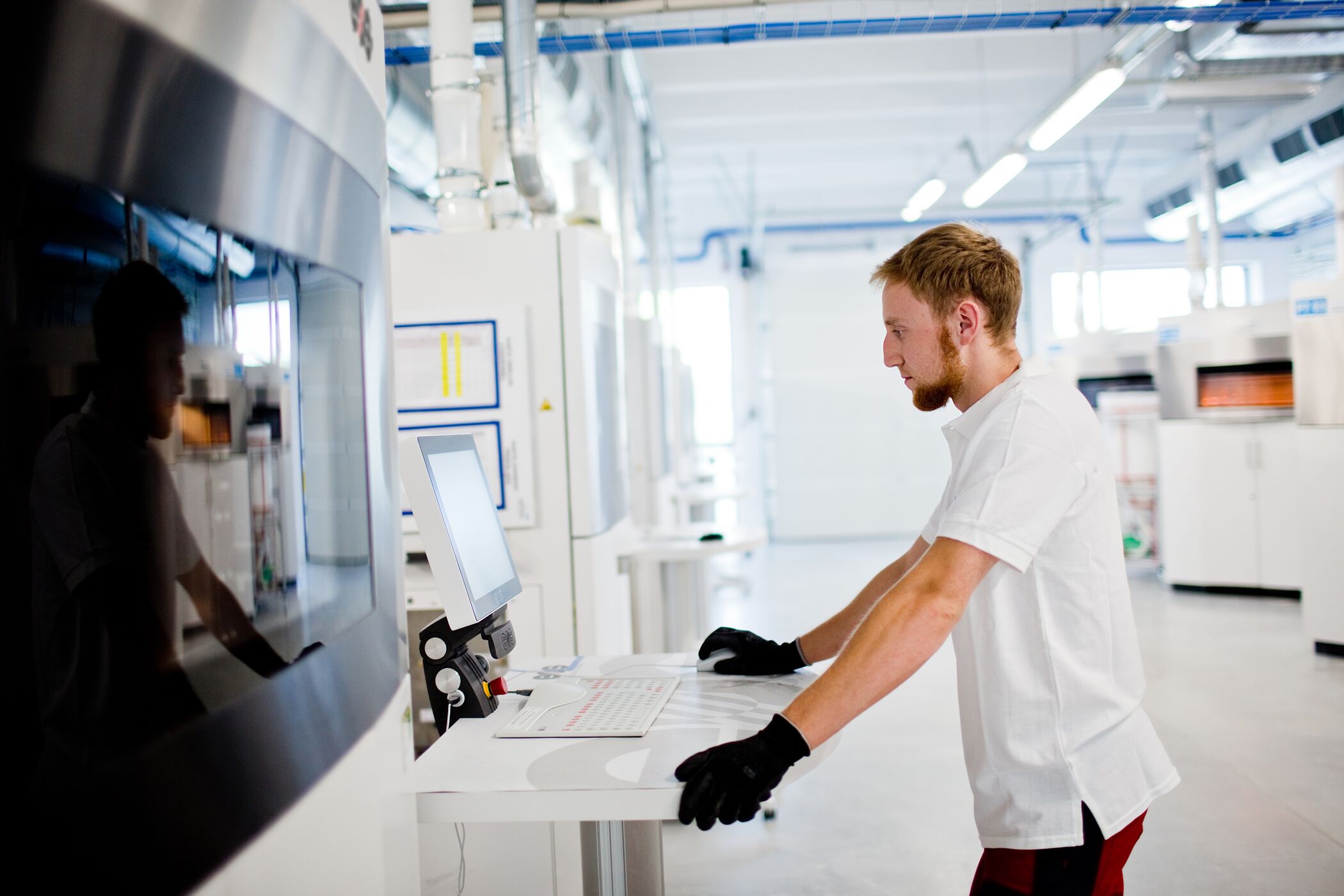Belgian software and 3D printing service provider Materialise has announced a strategic partnership with metal 3D printing company Desktop Metal to provide support for its Binder Jetting technologies.
The support, which covers Desktop Metal’s Shop System and Production System platforms, aims to help companies seeking to scale their 3D printing operations by providing simplified end-to-end workflows.
Materialise also revealed it has obtained CE Marking Certification for the majority of its personalized orthopedic and cranio-maxillofacial (CMF) applications. With this certification, the firm takes another step forward towards making the technology more accessible for surgeons.
“Our partnership with Desktop Metal supports our next-generation Build Processor strategy to remove some of the remaining barriers to adoption of 3D printing as part of a connected, industrial manufacturing process,” said Stefaan Motte, vice president and managing director of Materialise.
“Removing barriers of speed, scale, and cost requires a closer integration between software and machine.”

Support for metal binder jetting
Materialise’s Build Processors translate 3D designs into machine-specific build files for a wide range of industrial printing machines, and are now being made available to support Desktop Metal’s Binder Jetting technology. Materialise has also announced sintering support generation for metal Binder Jetting as part of Magics’ SG+ module and enhanced 3D nesting, in order to create a better-connected workflow and improve overall productivity of the metal Binder Jetting process.
Desktop Metal will make the Build Processor available as an add-on software offering with its existing technologies, Shop System and Production System. Launched at Formnext 2019, the Shop System is an affordable, turnkey system designed for mid-volume manufacturing. It delivers parts with detailed features and finished surface parts up to 10 times faster than those produced by Powder Bed Fusion (PBF) 3D printing technologies. Desktop Metal’s Production System, meanwhile, is designed for the mass production of parts at high volumes. The system achieves print speeds up to 100 times those of PBF additive manufacturing technologies, enabling the cost-effective production of potentially millions of parts each year.
“From the start, Desktop Metal has set out to disrupt traditional metal manufacturing with innovative products and technologies,” said Arjun Aggarwal, vice president of product and business development at Desktop Metal. “The combined strength of our metal 3D printing solutions with Materialise’s three decades of experience in 3D printing software and application development will help to accelerate the transformation of manufacturing with end-to-end metal 3D printing solutions.”
Earlier this year, Desktop Metal merged with blank check company Trine Acquisition Corp in order to go public with its 3D printing business. The move saw the firm listed on the NYSE with the ticker symbol “DM” and an estimated equity valuation of $2.5 billion.

Scaling serial 3D printing
Manufacturers looking to scale their 3D printing operations are often faced with increasingly complex environments, and optimizing their production processes through fine-tuning various build parameters is an important aspect in achieving scale. Monitoring and analyzing build data enables manufacturers to make informed decisions regarding production planning.
To aid in this, Materialise has introduced its Machine Connectivity Pack as part of its Streamics 8.2 software with the aim of working towards a more open market model to help users realize the full potential of 3D printing.
“We believe access to build data is crucial to advance our industry and usher in a new era of industrial scale additive manufacturing,” said Motte. “That’s why Materialise has always advocated open connectivity standards. I am excited that leading machine vendors such as Desktop Metal, share our beliefs and support machine connectivity through open standards such as MT Connect and OPC-UA.”

CE Marking Certification for medical devices
Materialise also announced a milestone in its personalized medical device operations, having obtained CE Marking Certification from the European Medical Devices Directive for its custom orthopedic and CMF solutions. Certified products include 3D printed anatomical models, patient-matched surgical guides, and implants.
The CE Marking approval confirms that a medical device meets the requirements of the European Medical Devices Directive, and Materialise is one of the first to receive this particular certification for a large, personalized 3D printed medical device portfolio. Up to this point, the firm’s devices each required a medical prescription which created administrative barriers for scaling up production.
“When the European Medical Devices Directive came to place in 1993, the use of personalized devices was exceptional,” explained Brigitte de Vet, vice president and managing director of Materialise Medical. “In the last 30 years, we have advanced 3D planning and printing to scale this technology to a much larger audience. At Materialise, we are talking about thousands of devices delivered worldwide every year.”
The CE Marking essentially demonstrates that 3D personalized devices meet the same strongest quality requirements as regular devices. This certification will also help to make personalized devices more accessible and readily available. For example, surgeons will no longer need to sign a prescription for the devices they order, lessening the administrative load and creating a more flexible process for managing personalized devices in hospitals and other settings.
“The advantage of using personalized devices is that they add mote predictability into the surgical setting and allow the treatment of any clinical condition, including the most challenging ones,” de Vet added. “Now having this CE marking for our larger portfolio will help bring these personalized devices to even more patients, removing some of the administrative constraints for our customers.”

Are you announcing new products or developments at Formnext Connect? Get in touch to share your news.
Subscribe to the 3D Printing Industry newsletter for the latest news in additive manufacturing. You can also stay connected by following us on Twitter and liking us on Facebook.
Be sure to subscribe to the Another Dimension podcast on your chosen podcast player to make sure you never miss an episode.
Looking for a career in additive manufacturing? Visit 3D Printing Jobs for a selection of roles in the industry.
Featured image shows the an anatomical 3D printed heart model made by Materialise and HP. Photo via Materialise.


